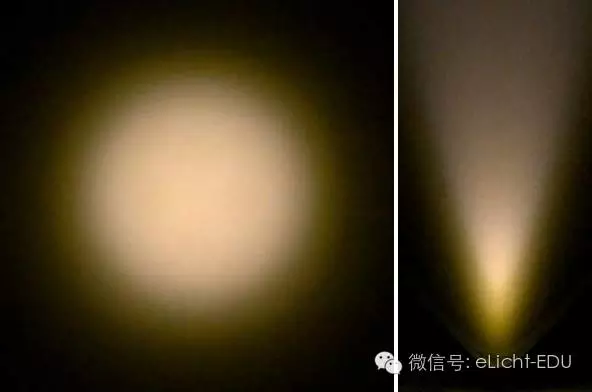LED due to small size, low power consumption, high brightness, low heat, energy saving and many other advantages of rapid development, has been applied in various fields.
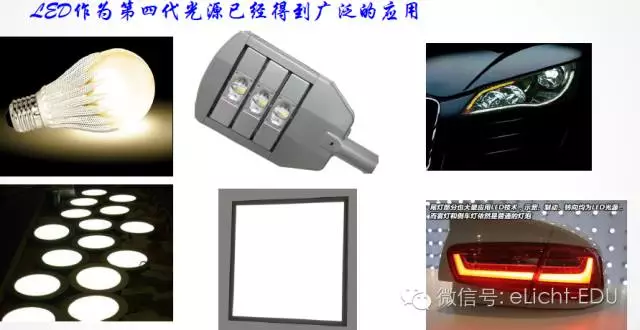
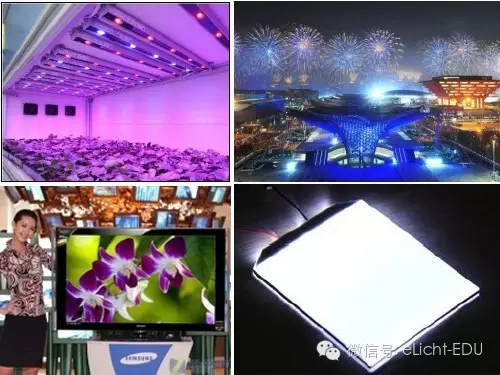
What is light?
Light is a kind of electromagnetic radiation.
The electromagnetic spectrum of light goes from UV to IR
Visible light: a very narrow band between UV and IR
The spectrum can be broken down into a series of independent wavelengths, and different wavelengths allow us to see different colors
Definition of optical terms
Radioactivity is the energy of the whole radiation;
And photometry is radiation that can be detected by the human eye.
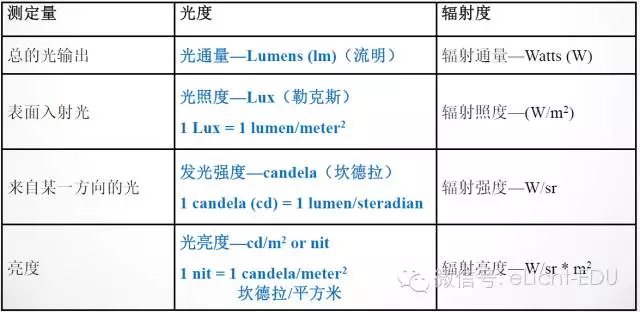

Brightness refers to the physical quantity of luminosity (reflection) on the surface of luminous body (reflective body).
When human eyes observe a light source from one direction, the ratio between the light intensity in this direction and the light source area 'seen' by human eyes is defined as the brightness of the light source unit.
The unit of brightness is kendra/square meter (CD /m2). The brightness is the person's perception of the intensity of light. It is a subjective quantity different from brightness, the objective corresponding quantity defined by physics is light intensity. These two quantities are often confused in common everyday language.
Colour temperature is the scale used to describe the colour of a light source in kelvin.
The color temperature of the light source is determined by comparing its color with the theoretical thermal blackbody radiation. The kelvin temperature at which the hot black body radiator matches the color of the light source is the color temperature of that light source.
Correlation color temperature refers to the temperature of the most black-body radiator with the same brightness stimulus, expressed as K temperature. For example, the relevant color temperature of standard light source D65 is 6500K.
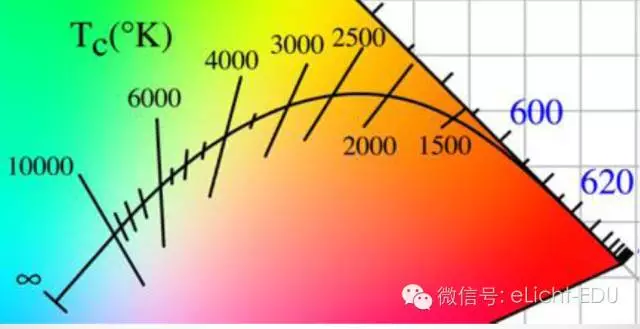
色温与相关色温对比
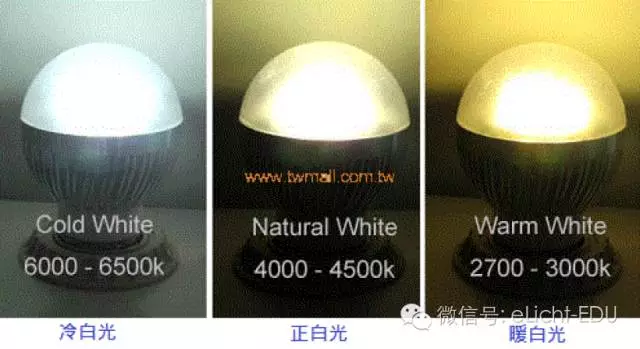
Different color temperature light color performance
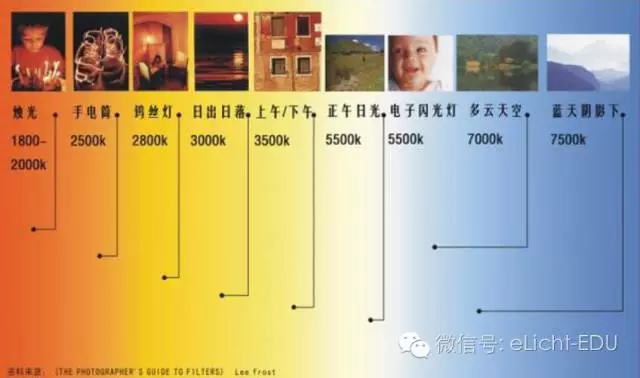
Color temperature values of different time periods
The color rendering ability of light source to the object is called color rendering, which is compared with the external color of the object under the reference or reference light source of the same color temperature (incandescent lamp or painting light).
The color rendering index coefficient (Kaufman) is still the general method to define the color rendering evaluation of light source.
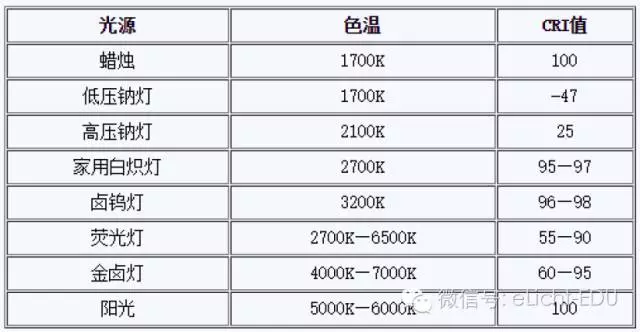
Color temperature and CRI value of common light source
Near field optical test
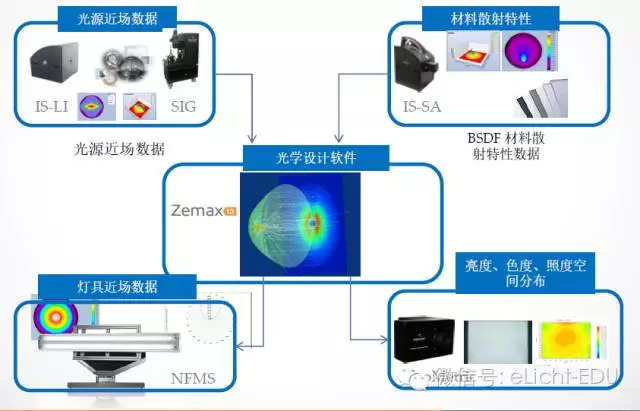
LED lighting optical integral solution
What is a near field light source?
The energy and color distribution of the light source at different angles. A typical data file contains thousands of Light source images taken from different angles, which can be generated and imported into simulation software, such as Zemax, Light Tools, Trace Pro...
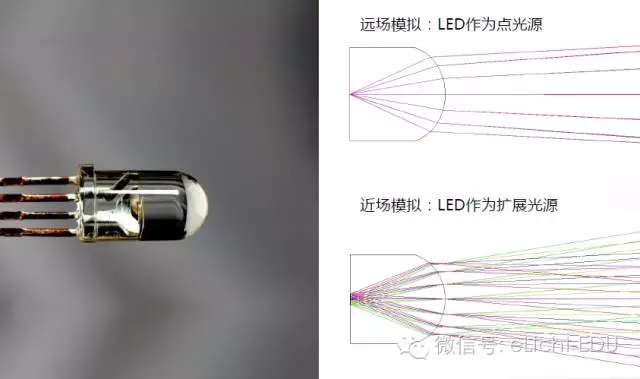
Contrast of far field and near field simulation
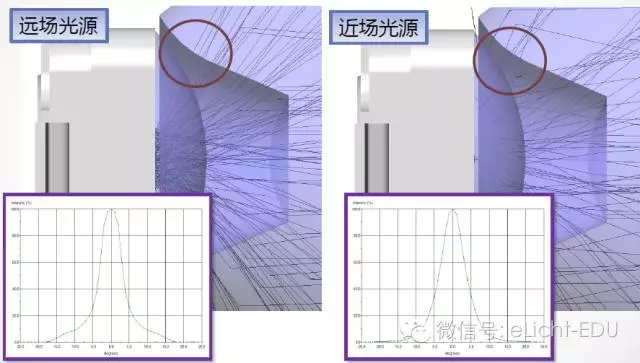
Optical analog comparison
There is at least a 2° difference in the distribution curves simulated by far field and near field light source data
Why the near field measurement?
For optical engineers (LED packages, modules and lamps) :
(I) improve the simulation of light pursuit;
(2) improve optical simulation accuracy;
(3) reduce design time and cost;
For LED manufacturers:
(1) help to understand and improve LED performance;
Actual distribution of spatial brightness
Spatial color distribution (spectral distribution at different angles)
Color uniformity of space and different angles
(2) develop creative products for customers;
(3) RSM has become the industry standard, industry advanced, improve the market competitiveness in the sales process;
There are:
How is optics used in LED packaging?
How to use in LED modules and lamps?
What are the key factors of near-field test equipment?
What are the requirements for near-field testing of LED upstream and downstream?
Why is light source near-field data with spectral data so important?
Do you know the answer to all these questions?
These important knowledge are all live classes in yunzhiguang lighting institute, click on the original to listen to the course playback
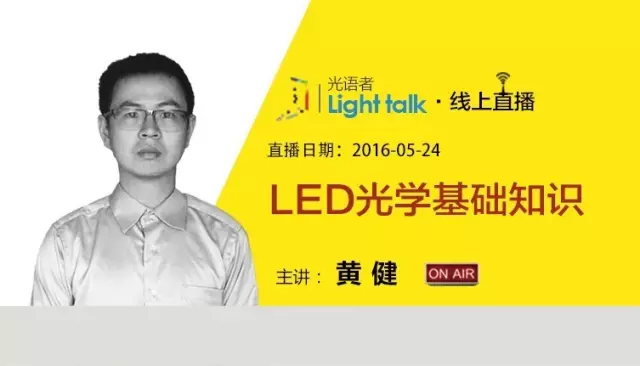
LED lamp yellow spot simulation effect
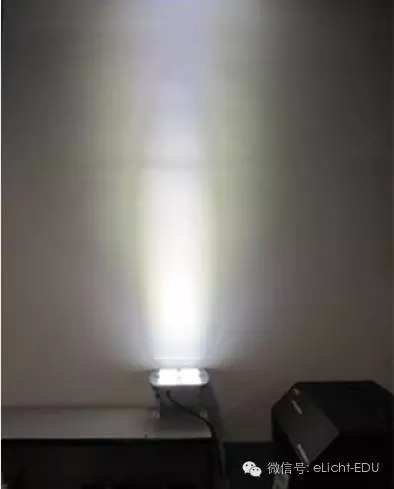
A lamp after proofing is found to have obvious macular phenomenon. If problems can be found in the design and simulation stage, it will save a lot of time, labor and material costs.
Simulation results: using the LED near-field data with spectrum, the shape of the spot is close to the actual, the color distribution is accurate simulation, and the condition of the yellow spot can be presented.
